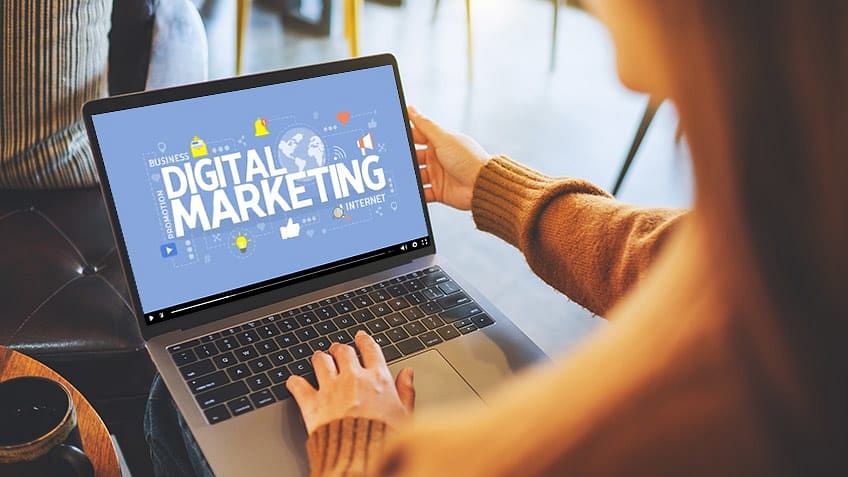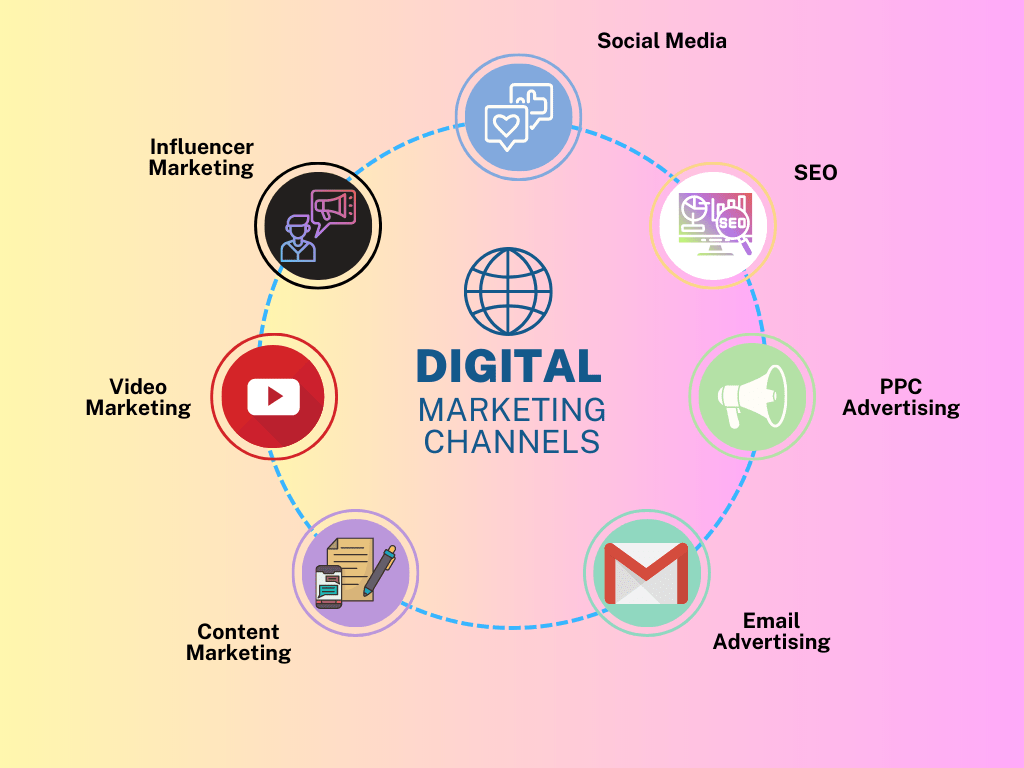Attain Quality with The Ad Firm SEO: Maximizing Your Online Success
Wiki Article
Enhance User Experience and Drive Traffic With Responsive Website Design
In today's electronic landscape, where individuals are accessing sites from a wide range of tools, responsive internet style has become extra important than ever. With its capability to adapt and effortlessly change to different display dimensions, receptive layout not just enhances user experience however likewise drives website traffic to your website.Why Receptive Web Layout Issues
Responsive website design is a crucial aspect of modern internet advancement due to its ability to ensure optimal individual experience across different tools and screen dimensions. With the expansion of mobile phones, tablets, and other mobile devices, it has actually become important for websites to adjust and offer seamless performance despite the gadget being made use of.The main reason that receptive internet layout issues is that it permits users to have a enjoyable and constant browsing experience, no matter of the tool they are using. A receptive site immediately changes its layout, style, and material elements to fit the screen size and resolution of the gadget, making sure that users can easily communicate and browse with the internet site with no aggravation or disappointment.
In addition, receptive internet layout additionally plays a substantial function in seo (SEO) Online search engine, such as Google, focus on internet sites that are receptive and mobile-friendly in their search results. By including receptive design concepts, websites can enhance their presence and position, leading to boosted organic web traffic and prospective customers.

Boosting User Engagement Through Responsive Style
Optimizing customer engagement is a crucial objective of receptive style, as it ensures that customers can conveniently access and engage with internet site content on any gadget. With the raising use tablets and mobile phones, it is critical for web sites to adjust to various display dimensions and resolutions. Receptive layout makes it possible for sites to immediately change their layout and content to offer a seamless customer experience across devices.One of the main ways responsive design improves customer involvement is by lowering lots times. With a receptive internet site, customers do not need to await different mobile variations to tons, leading to quicker accessibility to content. This improved rate brings about greater individual satisfaction and urges them to invest more time on the website.
In addition, receptive style enhances customer engagement by improving navigation and customer interface (The Ad Firm seo). When a web site is developed responsively, menus and switches are optimized for touch communications, making it much easier for individuals to browse and engage with the website on their mobile phones. This straightforward and instinctive experience maintains individuals involved and motivates them to explore even more of the site
Furthermore, receptive layout permits far better material presence and readability. By adapting the format and font style dimensions to various gadgets, responsive internet sites ensure that users can easily read and recognize the material. This enhances individual engagement by decreasing the demand for scrolling or zooming to read the message.
Enhancing Site Website Traffic With Responsive Web Style
With the growing appeal of mobile gadgets, having a web site that is receptive to different screen sizes and resolutions is vital for driving boosted website traffic. In today's electronic landscape, users are accessing websites from a variety of gadgets such as mobile phones, tablets, and desktop. Each of these tools has different display dimensions and resolutions, and if your website is not created to adjust to these variations, it can bring about a bad individual experience and a loss of possible traffic.
Receptive web design makes sure that your internet site looks and operates efficiently across all tools. By utilizing adaptable grids, liquid images, and media inquiries, receptive layout allows your website to automatically readjust its layout, content, and navigating to fit reference any type of screen size. This implies that users will have a smooth browsing experience no matter of whether they are using a huge desktop computer or a little smart device computer.
Crucial Element of Efficient Receptive Layout
Efficient receptive layout incorporates a number of vital elements that make sure a seamless user experience throughout various devices. This enables content to be shown in a aesthetically enticing and readable manner on any kind of tool.Another essential aspect is media questions. These permit designers to use different designs and formats based on the attributes of the customer's device, such as screen size and positioning. By making use of media questions, developers can maximize the discussion of content for every gadget, making certain that it is easily accessible and readable.
Receptive pictures are likewise critical in effective responsive design. Images that are too large can reduce page load times on mobile phones, while images that are too tiny might appear pixelated on bigger displays. By making use of methods such as responsive image resizing and careless loading, developers can make sure that pictures are appropriately sized and enhanced for every gadget.
Lastly, effective receptive layout includes a mobile-first method. This implies focusing on and creating content for smart phones initially, and after that broadening and enhancing the layout for bigger displays. This method ensures that one of the most crucial material is easily obtainable on smaller displays, while still supplying an abundant experience on bigger gadgets.
Best Practices for Implementing Responsive Web Layout
Executing responsive website design needs mindful factor to consider of various finest practices to make certain an ideal customer experience across various devices. When carrying out receptive web click this layout., right here are some vital ideal methods to adhere to.Firstly, it is crucial to prioritize mobile customers. With the enhancing prominence of mobile phones, creating for mobile-first has ended up being essential. Begin deliberately for smaller displays and after that gradually boost the design for larger screens.

Another vital finest practice is to maximize pictures for different screen resolutions. Big images can reduce the loading time of your internet site, particularly on mobile devices with slower links. Use receptive pictures that can be resized based upon the gadget's display resolution to enhance efficiency.
Furthermore, test your web site on different tools and screen sizes to ensure a consistent and smooth experience. There are various testing devices offered that can assist you recognize any type of problems and make essential adjustments.
Finally, focus on use and accessibility. Guarantee that your website is very easy to navigate, with concise and clear content. Ensure that your site comes to individuals with handicaps and adheres to ease of access guidelines.
Final Thought
In conclusion, receptive web design plays an important function in enhancing customer experience and driving traffic to web sites. By embracing responsive style concepts, internet sites can make certain optimum watching experiences across different gadgets, leading to enhanced individual interaction.Maximizing individual interaction is a crucial objective of responsive style, as it makes sure that individuals can quickly accessibility and interact with website content on any type of device. Receptive style enables websites to automatically change their design and content to give a seamless individual experience across devices.
Additionally, responsive layout boosts individual involvement by boosting navigating and user interface.Responsive photos are additionally vital in efficient responsive layout. By adopting receptive style concepts, web sites can ensure optimal watching experiences throughout various gadgets, leading to enhanced user engagement.
Report this wiki page